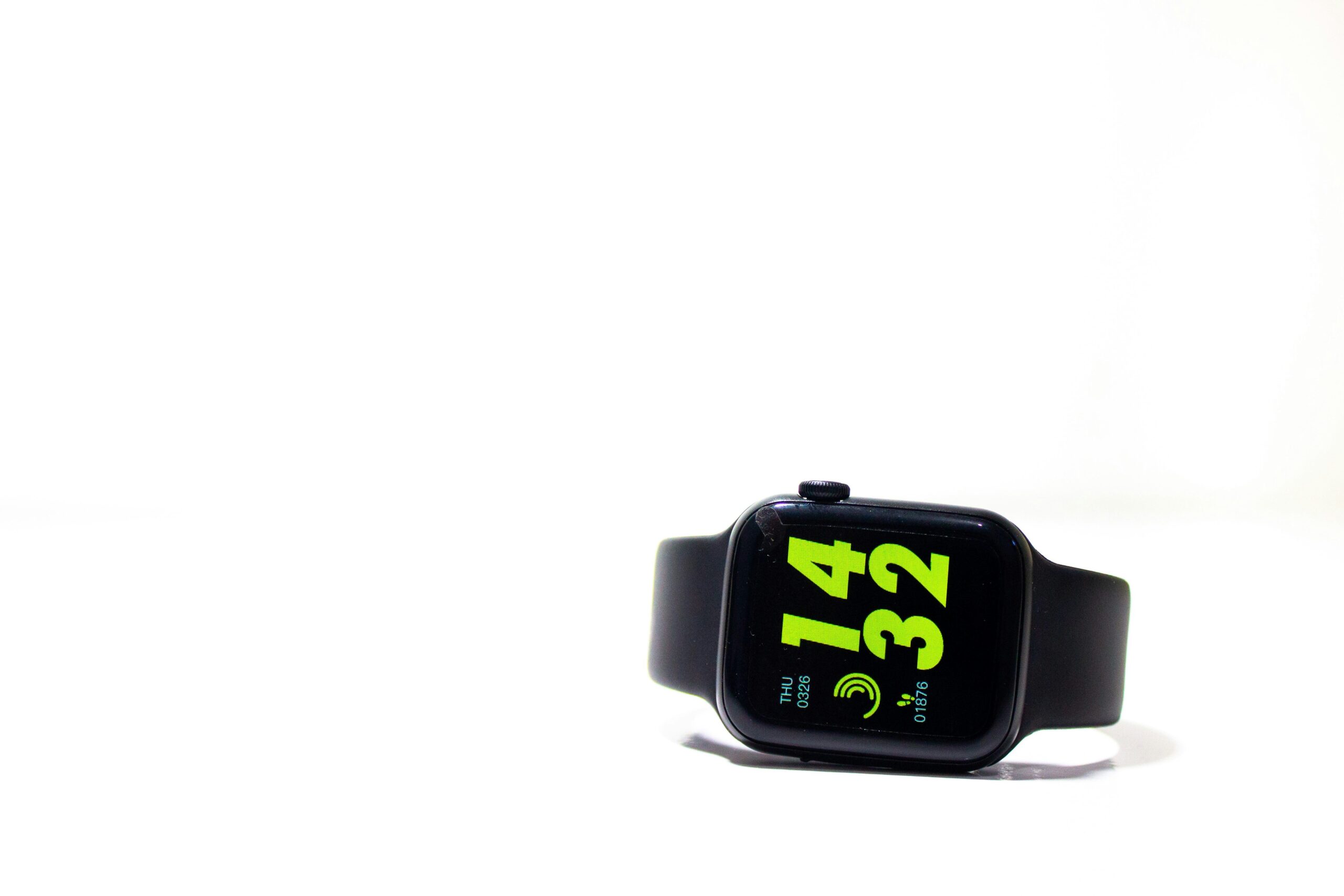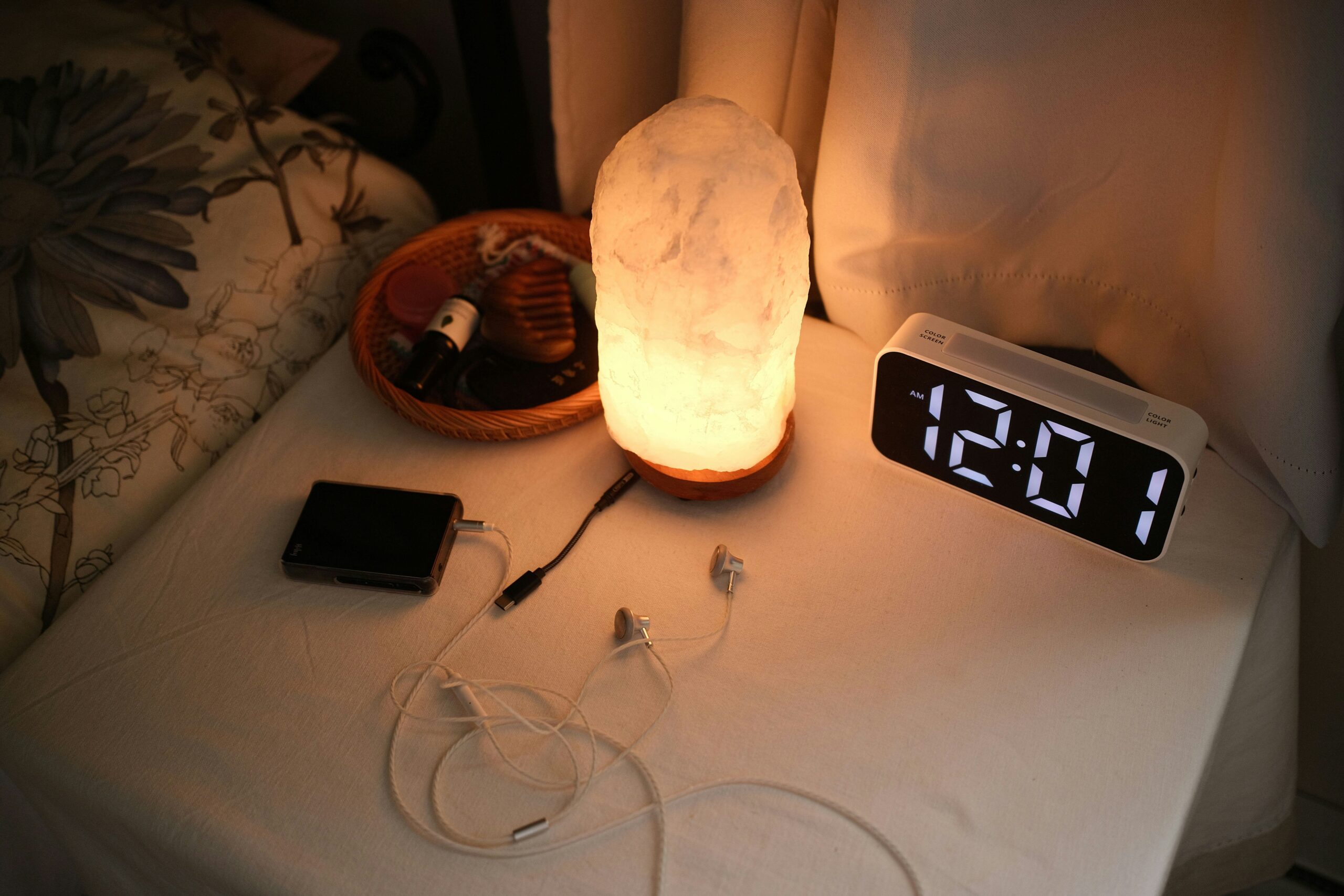Ever woken up feeling like you’ve been hit by a truck, even after “sleeping” for eight hours? You’re not alone. Poor sleep quality can sabotage your weight loss goals and overall health—especially if you’re investing in hybrid mattresses for better rest. But here’s the kicker: how do you know whether you’re truly sleeping well or just lying there counting sheep? Enter sleep monitoring tools, your new best friend on this journey.
In this article, we’ll explore why sleep monitoring tools are essential for anyone focused on weight loss and wellness, particularly when paired with hybrid mattresses. We’ll cover everything from understanding their importance to picking the right tool for you, including actionable tips, real-life examples, and answers to frequently asked questions. Let’s dive in!
Table of Contents
- Why Sleep Quality Matters for Weight Loss
- Types of Sleep Monitoring Tools Available Today
- Best Practices for Using Sleep Monitoring Tools
- Real-Life Examples of Improved Sleep & Weight Loss
- Frequently Asked Questions About Sleep Monitoring Tools
Key Takeaways
- Sleep monitoring tools help track sleep patterns, which directly affect weight loss and overall health.
- Hybrid mattresses enhance sleep quality, making these tools more effective.
- Picking the right device requires understanding features like accuracy, compatibility, and ease of use.
- Combining data from these tools with actionable lifestyle changes yields the best results.
Why Sleep Quality Matters for Weight Loss

Spoiler alert: lack of quality sleep doesn’t just make you groggy—it messes with your metabolism, increases cravings, and tanks your energy levels. According to research, people who consistently get less than seven hours of sleep per night are far more likely to struggle with obesity and related conditions.
Here’s where hybrid mattresses come into play. These innovative sleep systems combine layers of foam and springs for optimal comfort and support. However, even the fanciest mattress won’t fix underlying issues unless you address your sleep habits—and that’s where sleep monitoring tools shine.
Optimist You:
“With proper tracking, I’ll finally nail my sleep routine!”
Grumpy You:
“Ugh, fine—but only if coffee’s still allowed during the day.”
Types of Sleep Monitoring Tools Available Today
If you think all sleep trackers are created equal, buckle up. From wearables to non-contact devices, the market is flooded with options. Here’s what you need to consider:
Wearable Trackers (Smartwatches and Fitness Bands)
Popular brands like Fitbit and Apple Watch offer built-in sleep analysis features. They measure heart rate variability, movement, and sometimes blood oxygen levels. Pro tip: Ensure the band isn’t too tight—it should feel snug but comfy.
Non-Wearable Devices (Under-Mattress Sensors and Smart Beds)
These bad boys sit beneath your hybrid mattress (yes, they’re compatible!) and track breathing patterns, snoring, and tossing-and-turning frequency. Devices like the Withings Sleep Analyzer or Eight Sleep Pod integrate seamlessly into your nightly routine.
Bedside Gadgets (Smart Alarms and Sensors)
Devices like the Owlet Band slip onto your forehead while bedside units like the ResMed S+ scan your environment without contact. Perfect for those who hate wearing anything to bed.
Best Practices for Using Sleep Monitoring Tools
1. Be Consistent
Data collection works best over time. Don’t skip nights because you forget to charge your gadget.
2. Combine Insights with Action
Use the data to tweak bedtime routines. For instance, if you notice frequent awakenings, reduce caffeine intake or adjust room temperature.
3. Ignore Overwhelming Metrics
Not every number matters. Focus on trends rather than obsessing over one bad night. (Terrible Tip Alert: Trying to “game” the system by faking perfect stats will stress you out more than it helps.)
4. Pair with Comfortable Bedding
Your shiny new hybrid mattress ensures optimal spinal alignment, boosting the effectiveness of any sleep monitor.
Real-Life Examples of Improved Sleep & Weight Loss

Jane Doe, a 35-year-old mom of two, struggled with stubborn belly fat despite regular workouts. After purchasing a hybrid mattress and integrating an under-mattress sensor, she discovered her REM cycle was practically nonexistent due to late-night screen exposure. She swapped Netflix binges for reading and added lavender essential oil diffusers to her bedroom. Six months later, she shed 20 pounds without drastic dieting.
Similarly, John Smith used his wearable tracker to uncover irregular sleep schedules caused by work stress. He implemented wind-down rituals and meditative practices, leading to reduced cortisol levels and noticeable muscle toning.
Frequently Asked Questions About Sleep Monitoring Tools
Q: Can sleep monitoring tools diagnose sleep disorders?
A: While they provide insightful data, professional medical advice is always recommended for diagnosing conditions like insomnia or sleep apnea.
Q: Are these tools accurate?
A: Most high-end models boast impressive precision, but slight variations may occur depending on usage and placement.
Q: Do I need both a hybrid mattress AND a sleep tracker?
A: Not strictly necessary, but combining the two amplifies benefits significantly.
Conclusion
Sleep monitoring tools aren’t magic pills, but they’re pretty close when combined with healthy habits and supportive bedding like hybrid mattresses. By leveraging advanced technology alongside mindful practices, you can unlock deeper, restorative rest—and potentially accelerate your weight loss efforts.
So, grab your favorite tracker, upgrade your mattress game, and start snoozing smarter tonight!
Random Haiku to End On:
Dreams drift on soft clouds, Numbers whisper truths unheard— Rest heals body, soul.


